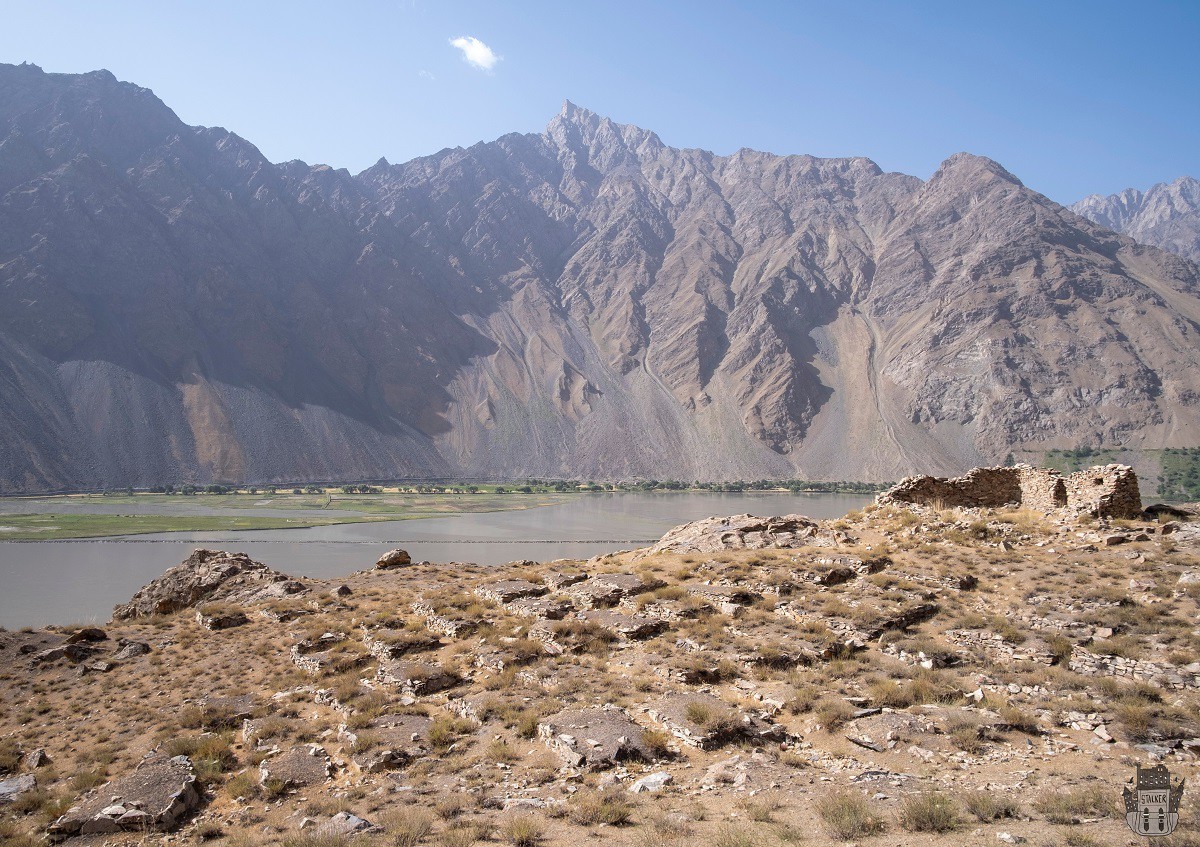In the high mountainous region of the Pamir, about a hundred metres from the Afghan border, lies an abandoned cemetery (khokiston or kabriston in the local language) dating back to 1500. Buried under these earthen mounds are predominantly Afghans and, based on how the stones above each grave were arranged, one could tell whether they were men or women.
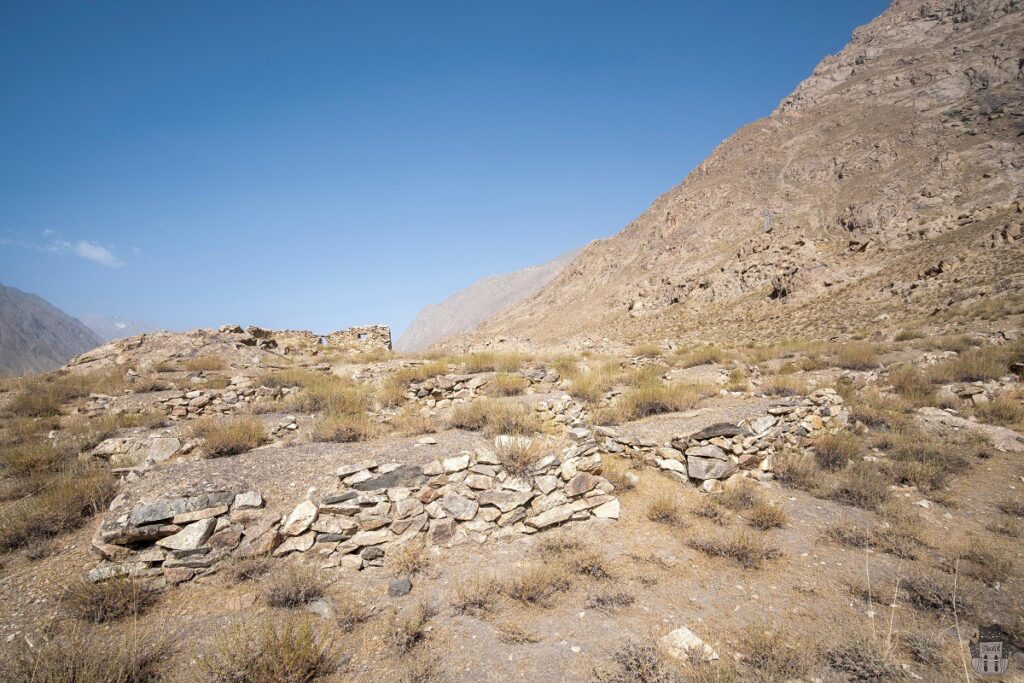
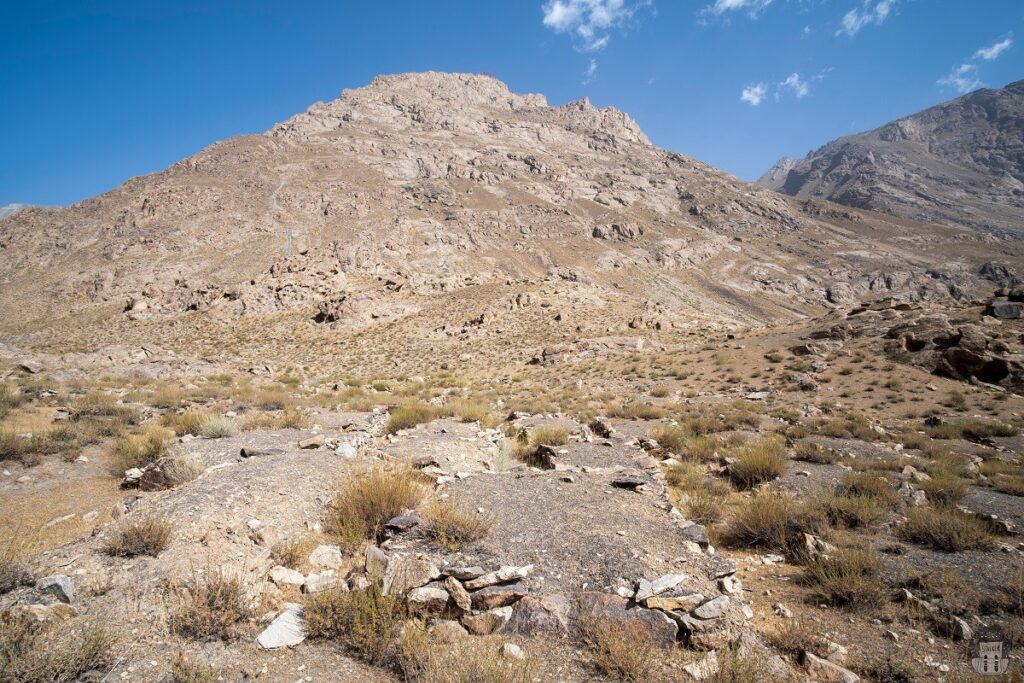
Next to the cemetery, one can see a stone house built using the dry stone wall technique. Legend has it that this house (of which only four walls remain standing today) was the place of reflection of Nosiri Khusrav, one of the most important poets, theorists and missionaries of 11th century Persian Ismailite thought. Nosiri is called with great veneration ‘Pir’ or ‘Shah Sayyid Nasir’ by the Ismaili community of Badakhshan (an area divided between Afghanistan and Pamir) and northern Pakistan.
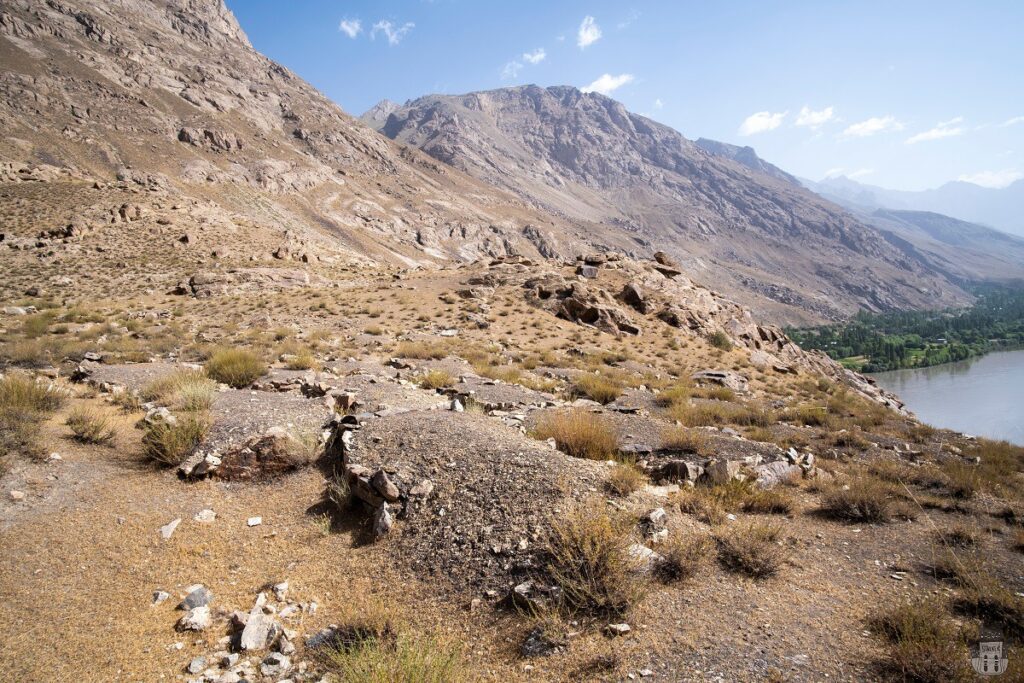
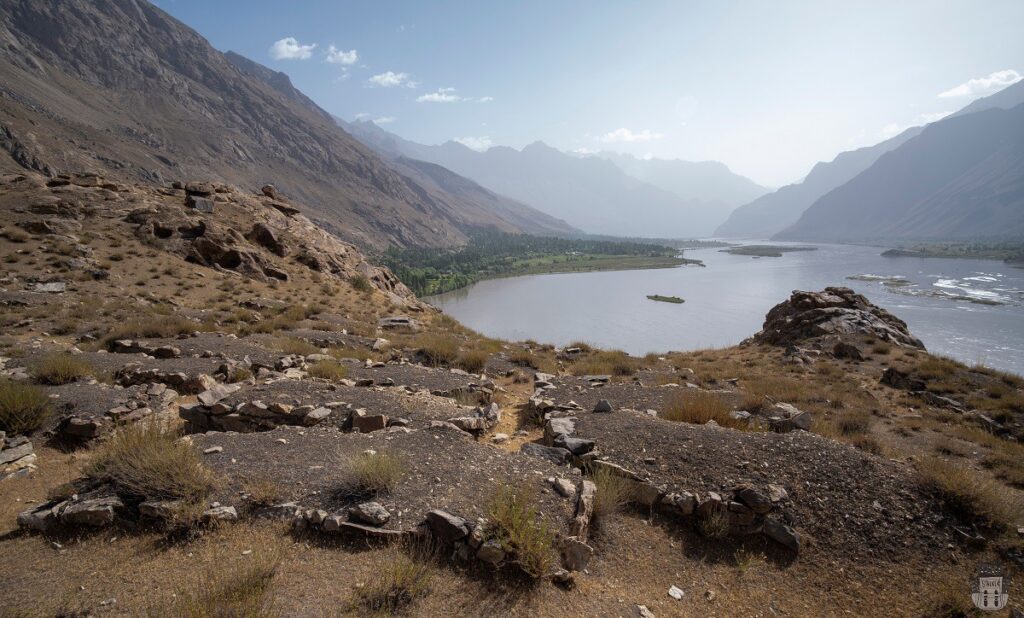
The life of Nosiri Khusrav
Nosiri Khusrav was born in 1004 in the vicinity of Qobadiyan, near Balkh in northern Afghanistan. Historical accounts suggest that he had connections with Chaghri Beg Daud, one of the first rulers of the Seljuk dynasty.
At the age of 42, he experienced a life-changing dream that ignited the desire to seek definitive answers to his inner turmoil and uncertainties. And so it was that he abandoned everything he knew to embark on a long journey.
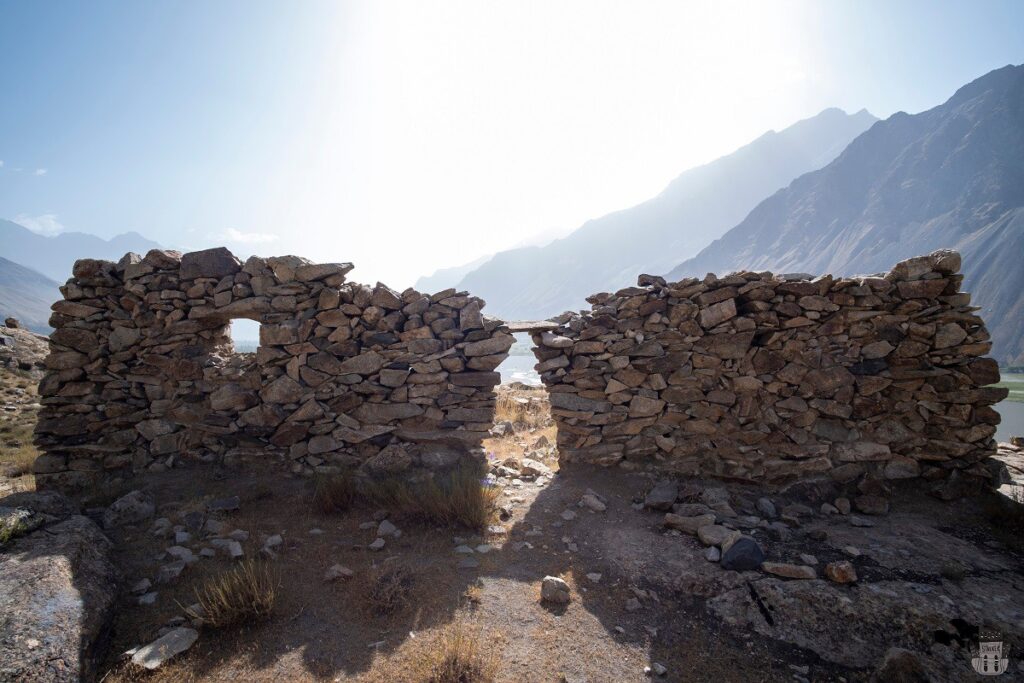
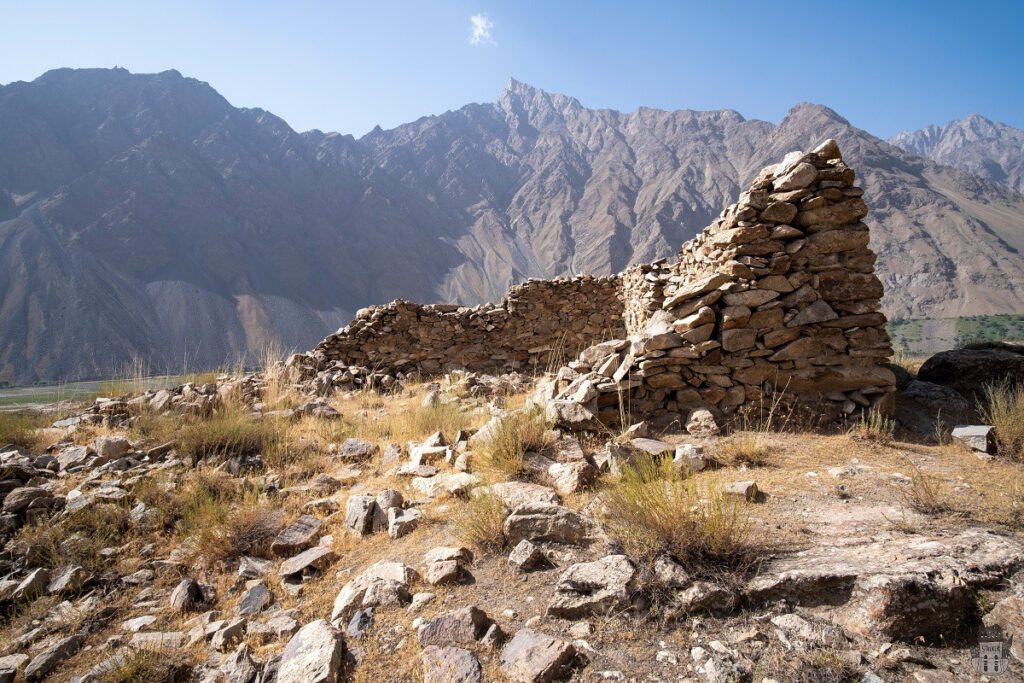
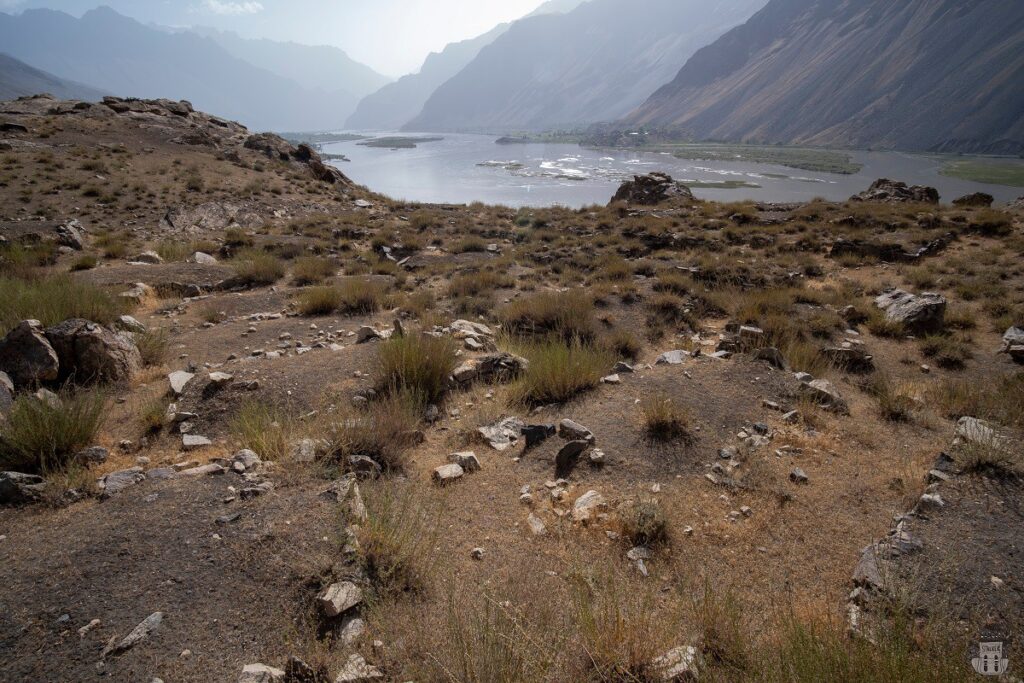
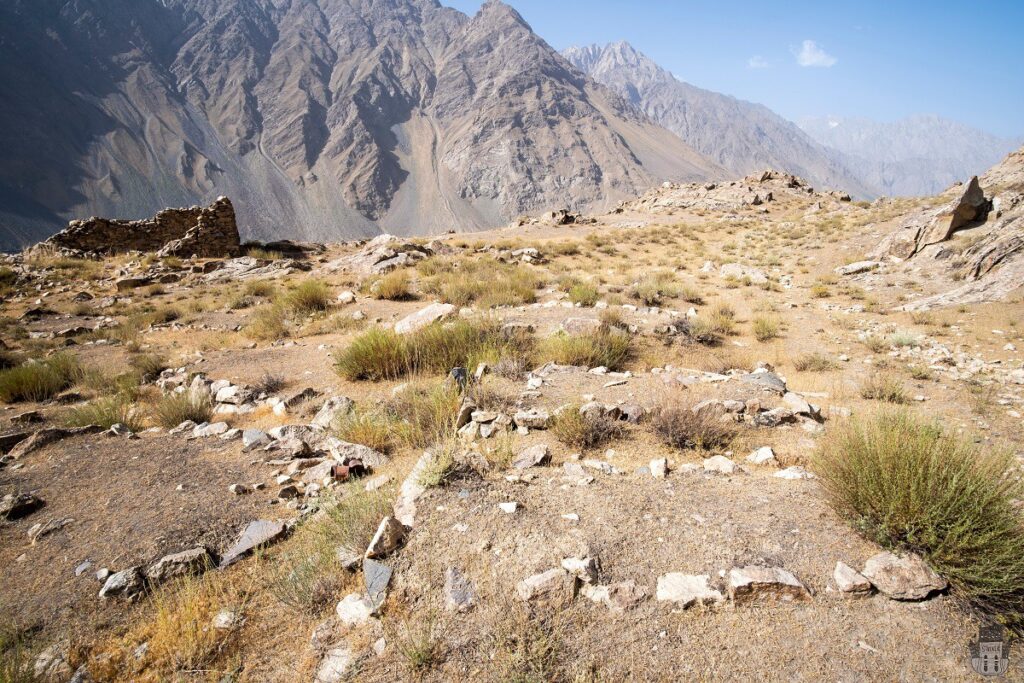
His travels took him to Persia, Syria, Palestine and Arabia, finally leading him to Egypt. Egypt, at that time, was under the rule of the Ismailite Fatimid dynasty, which had established a theocracy in 973 and posed a significant challenge to the authority of the Abbasid caliphs of Baghdad.
While in Egypt, it is believed that he was indoctrinated into the ‘heretical’ beliefs of Ismailism, an extremist current of Shiism. Upon his return to the eastern regions of Persia, he undertook an intensive mission as a propagandist and missionary (dāʿī).
And so it was that Nasir became a founding father and key figure in the spread of Ismailism in Central Asia. His journey is documented in his Safarnama, also known as ‘Book of the Journey’, and is a valuable record of his adventures.
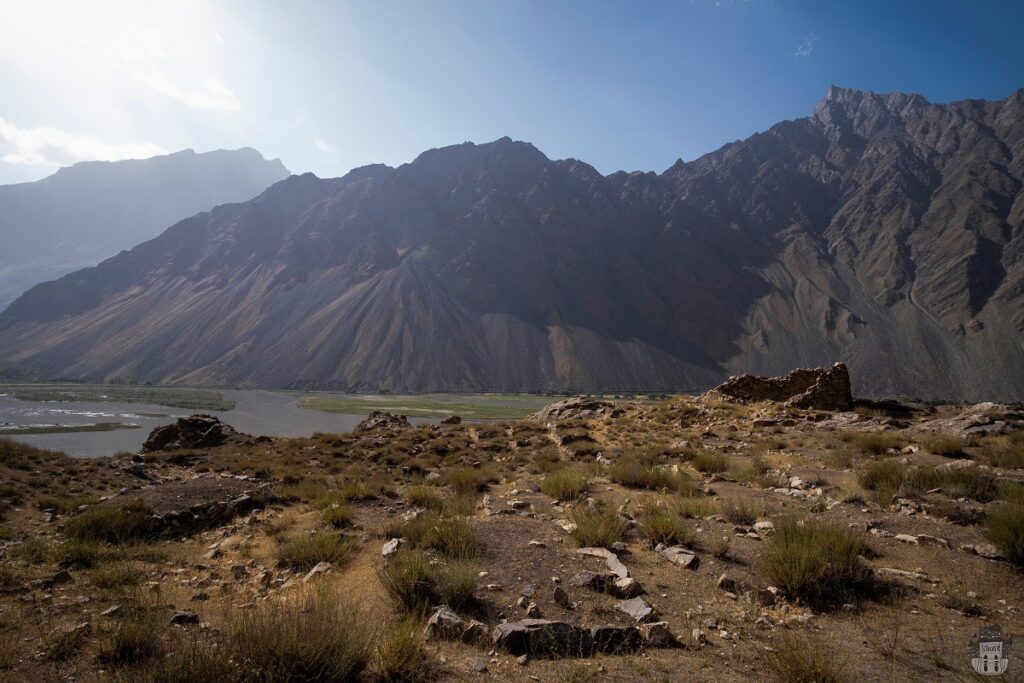
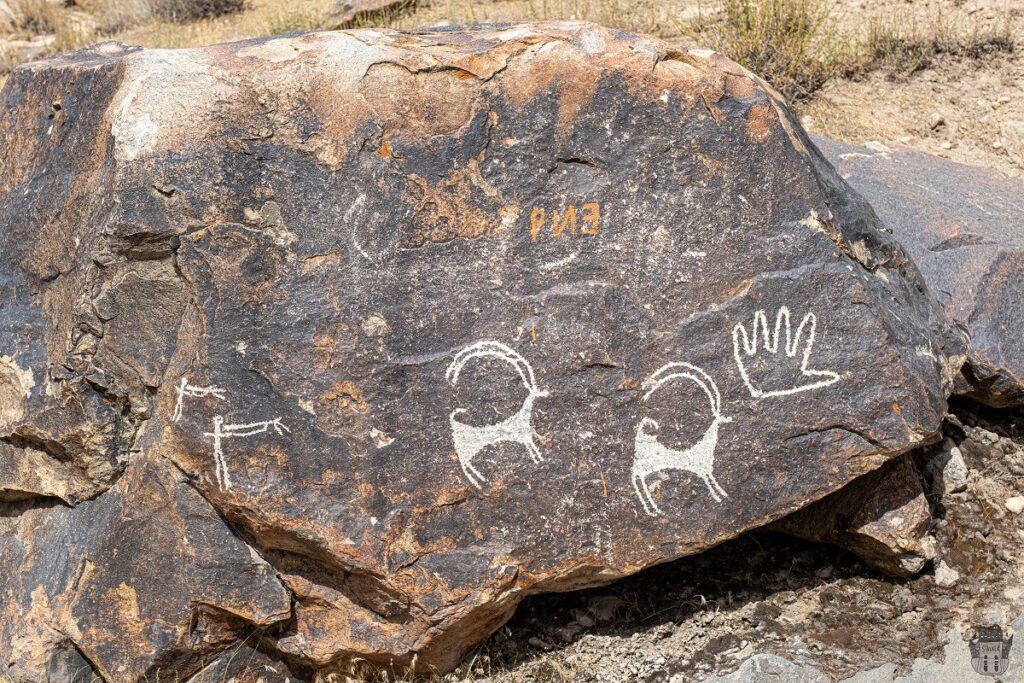
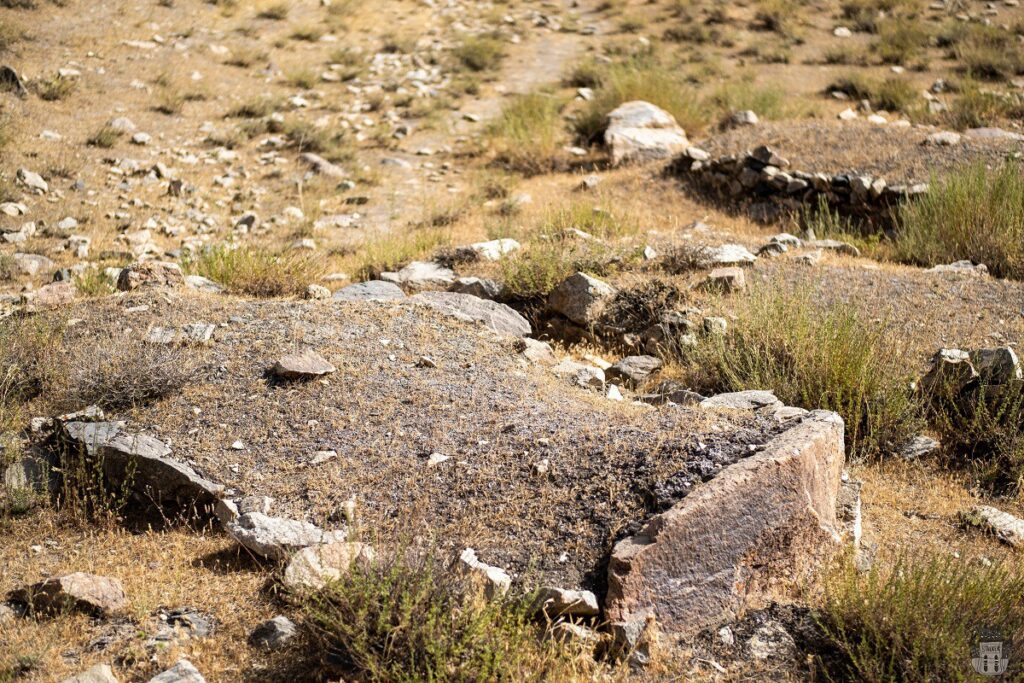
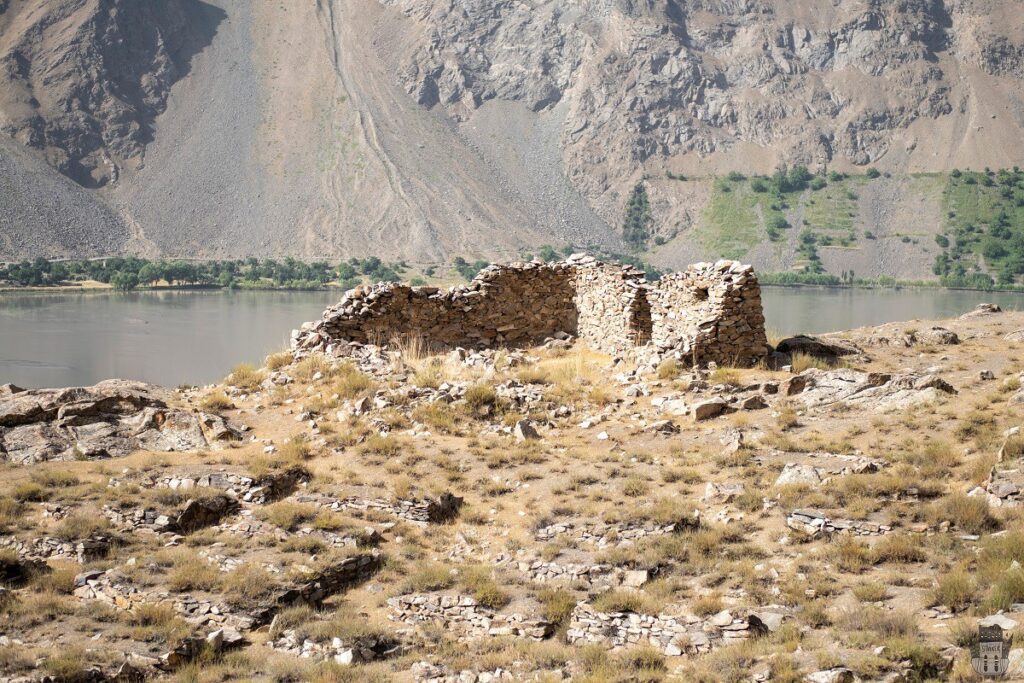
Urbex location:

